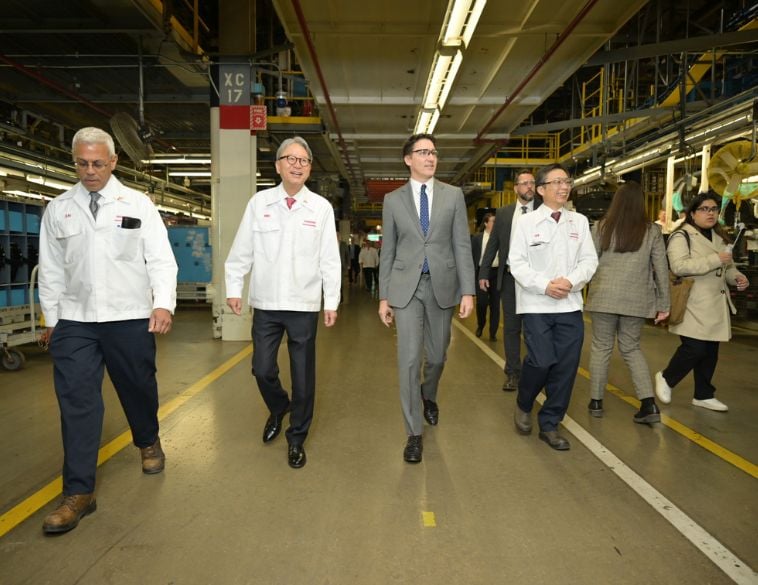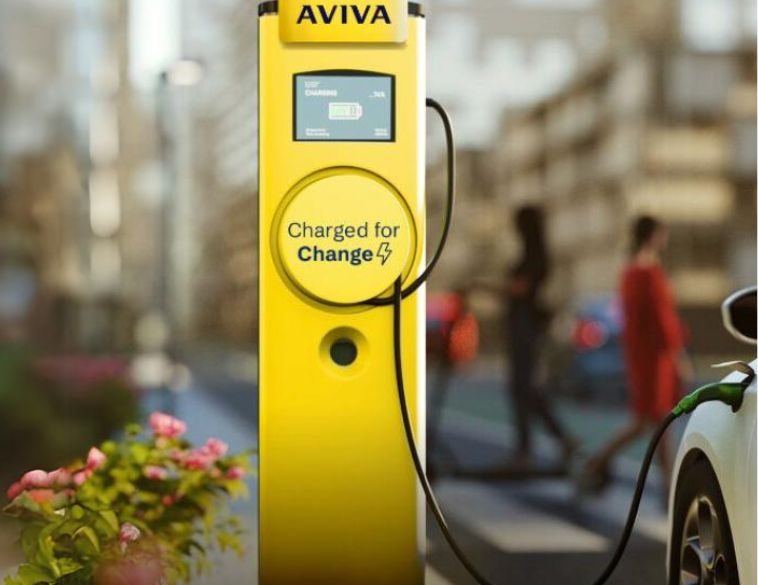Set yourself apart in the digital marketplace!
When you consider that consumers visit only 1.2 dealerships today, that means 82 percent of them buy their shiny new ride at the first dealership they enter.
That was just one of the interesting facts shared by Devin Daley, CEO, SpinCar at a webinar sponsored by Kijiji. “The full decision is made online, and in this ultra-competitive marketplace, whether on a third party listing or your own website, inventory needs to be the point of difference,” said Daley. “What are you doing to separate yourself from the competition?”
First of all, dealers need to pay more attention to their online showroom. “You definitely need to pay as much attention to your online presence as you do your offline,” Daley explained. “How often does the dealer principal or the general manager walk the property and comment on the showroom, which vehicles are inside versus outside, talk about landscaping, ask you to tidy up your desk?”
A recent study of about 700 dealers showed that they averaged 475 walk-ins per month. “But the average dealer had 9,323 unique website visitors, so 19.6 times more than walk-ins,” noted Daley. “So managers should spend 20 times as much time critiquing their online showroom as they do their physical.”
The car is the star
A good first step is implementing an effective measurement system to track the performance of the low end of the marketing funnel. “Dealerships should implement some kind of mid and low funnel tracking system, looking at the number of unique visitors, unique e-visitors and unique re-visitors,” said Daley. “This tells you how effective your efforts are.” He recommended having an e-commerce or marketing manager do this report on a weekly or monthly basis.
A study by CDK Global found that 82 percent of website interaction happens within the vehicle visualization merchandising area. “You spend the majority of the time shopping for a product simply looking at it,” Daley added. “That’s where the emotional connection is made. So the photo is the most critical component of your online merchandising.”
A good best practice is to photograph vehicles in a consistent format. “Tell the photographer that you want all the vehicles shot from the same angles,” suggested Daley. “And then capture the value-added features through a dynamic photo process to make them stand out.”
Get vehicles online as fast as possible to reduce missed opportunities. Make sure to leverage manual camera controls like focus, exposure, white balance, and flash. “The car is the star!” said Daley. “It’s worth spending a few extra minutes to make sure it’s shown in the best light.”
Interactive tools
Another study found reasons behind bounce rates— the website was difficult to navigate, or made it hard for consumers to get the information they were looking for.
“Use interactive tools to put the consumer in control,” Daley said. “A Think Google article suggested using 360-degree walkarounds, remembering that about 60 percent of website visitors use a mobile device.” The average consumer looks at 12 cars, so if there are 40 photos per car, the consumer is looking at tiny thumbnails. Consider alternate media for mobile browsing because tiny thumbnails can be frustrating.
Important details like value-added features should go “above the fold.” This expression comes from the days when newspapers were folded in half, and the advertising above the fold was more visible and therefore more valuable. “Sixty percent of consumers don’t scroll all the way down, so the information that differentiates the vehicle may be completely lost,” Daley said. “Use graphics to explain more complex content, so consumers don’t have to leave the page and google for more information.”
He also suggested using a more sophisticated recommendation engine. “Reynolds and Reynolds’ Naked Lime division quoted that 61% of all automotive leads don’t buy the initial vehicle the consumer entered the site for. They buy a different vehicle.” Dealerships need to do a better job of understanding e-visitor behaviour and what they’re looking at, and then using a sophisticated recommendation engine to make that suggestion.
Standing meetings
Fix bottlenecks in the merchandising process by making sure there’s a clear reporting path. “Sometimes, there are too many chefs in the kitchen,” said Daley.
He also advised setting goals around how many vehicles per day, inventory coverage rates, days to market, days to online, as well as the quality of photos. “Have standing meetings daily, using data and reporting,” Daley suggested. “These are the little operational changes that can make a difference.”
You can supercharge your market with consumer behavioural data. “You can use this to customize sales conversations,” he said. “If a person has spent a lot of time interacting with performance features on a vehicle, and this information flows into the BDC, they can customize the conversation. If the person submits a lead, the BDC can draw their attention to other vehicle features and facts that would be of interest to them. You can use this information to add value, show product knowledge, and be more consultative.
“Customize the experience based on customer preferences,” he added. “You know so much about their spending habits, propensities, and associations. Think about ways to leverage that data to continue customizing your efforts and stand out.”



